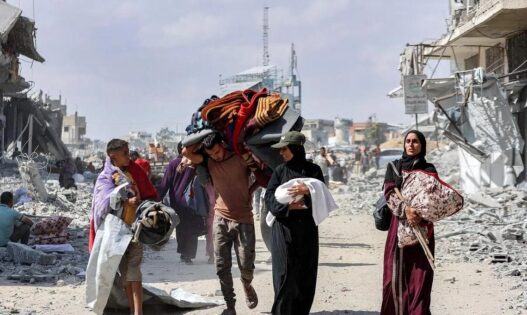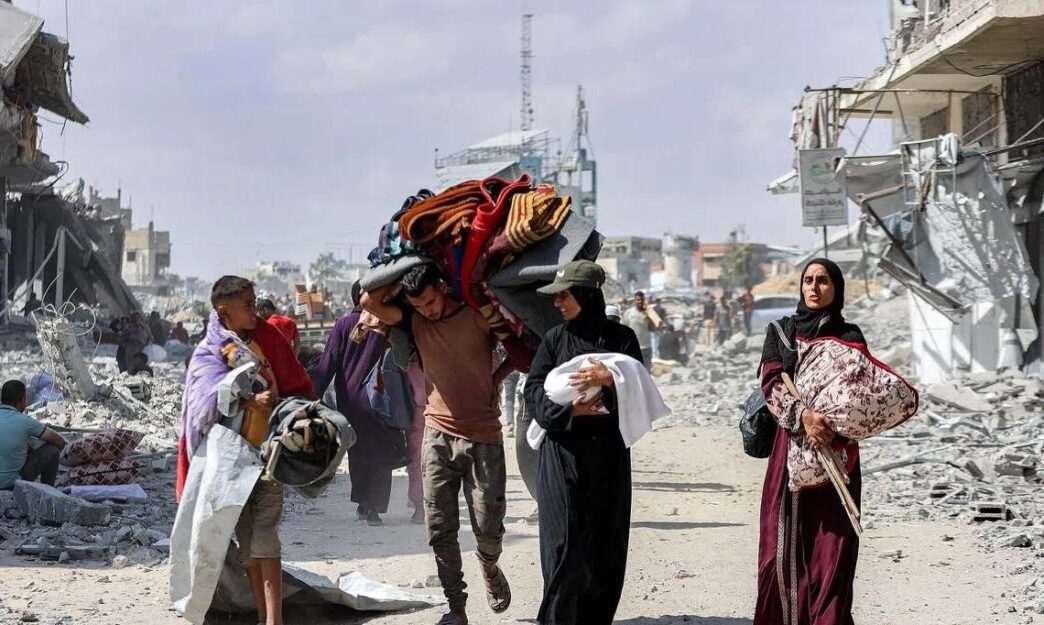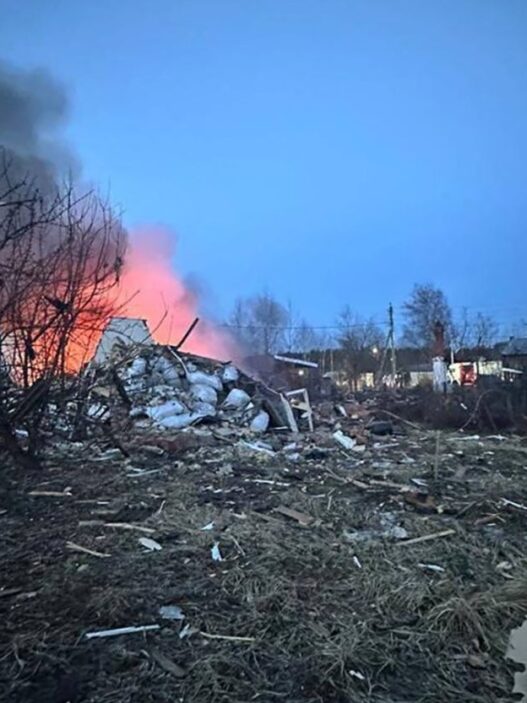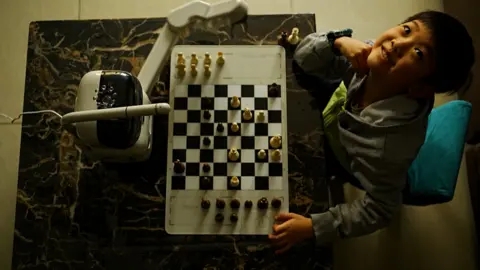The Israel Defense Forces (IDF) began pulling back troops from several areas of the Gaza Strip on Friday morning as a ceasefire agreement between Israel and Hamas came into effect. The military stated that its units had repositioned to designated locations inside Israeli territory but continued to control roughly half of Gaza.
Footage from northern Gaza showed thousands of Palestinians moving toward the region, which had endured months of intense Israeli bombardment.
First Stage of Ceasefire Agreement
On Thursday, the Israeli government approved the first phase of a ceasefire and hostage-release deal proposed by Donald Trump. The agreement took effect immediately, while subsequent stages are still under negotiation.
Under the deal, Hamas is required to release all remaining Israeli hostages by Monday noon local time (10 a.m. BST), including around 20 believed to be alive and up to 28 bodies of those killed.
In exchange, Israel will release about 250 Palestinian prisoners serving life sentences. According to Israeli Army Radio, 100 will be released to the West Bank, five to East Jerusalem, and others will be deported abroad. Another 1,700 Palestinians detained in Gaza are also set for release.
Humanitarian Aid and Famine Concerns
The agreement allows unrestricted entry of aid trucks into Gaza, where many residents have been displaced multiple times during the two-year conflict.
An estimated 600 aid trucks are expected to enter daily from Friday, though details remain uncertain, and it is not clear if more aid has arrived since the ceasefire began.
A United Nations-supported panel declared a famine in parts of Gaza in August, warning that over 500,000 people faced “catastrophic levels of hunger, poverty, and death.” Israel has repeatedly denied that a famine exists in the enclave.
U.S. Forces to Oversee Truce
According to U.S. officials, up to 200 American troops stationed in the Middle East will be redeployed to Israel to help monitor the truce. Witnesses in Gaza reported IDF units retreating eastward from the northwest outskirts of Gaza City, while other troops were seen withdrawing from Khan Yunis in the south.
In a statement on social media, the IDF said its forces began redeploying “according to updated operational lines” from noon local time. The military’s Southern Command remains active in the area to “neutralize any immediate threats.”
White House Map and “Yellow Line” Withdrawal
U.S. envoy Steve Wittkoff confirmed that IDF forces had completed “Phase One withdrawal” to what he referred to as the “Yellow Line,” as indicated on a map released by the White House last week.
The map outlines three phases of withdrawal, with the IDF expected to control around 53% of Gaza’s territory during the initial phase.
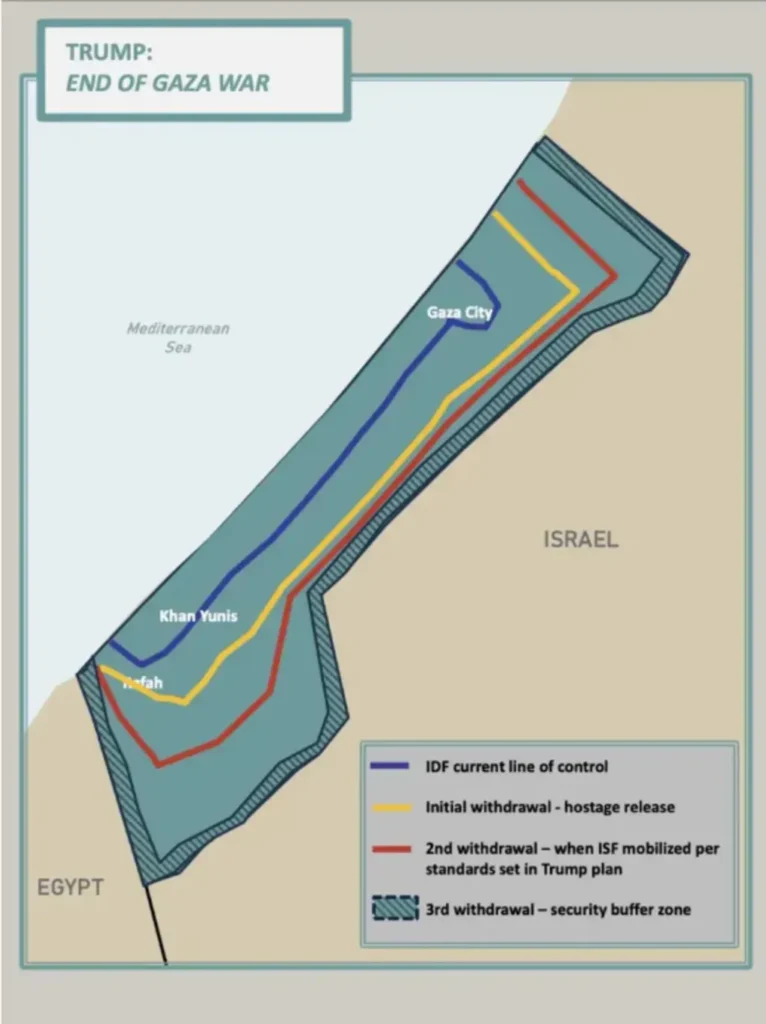
“The 72-hour timeline for the release of hostages has now begun,” Wittkoff said.
Netanyahu’s Statement and Future Plans
Israeli Prime Minister Benjamin Netanyahu said in a televised address that he remains committed to bringing back all hostages.
He emphasized that Israeli forces still surround Hamas “from all directions” and stated that the next phase of Trump’s peace plan involves the “disarmament of Hamas and the demilitarization of Gaza.”
So far, Hamas has made no commitment to disarm.
Witnesses reported that airstrikes continued until early Friday morning, even after the ceasefire was set to begin.
Hamas’s health ministry claimed 17 people had been killed in the previous 24 hours.
Local Reactions and Security Control
Following the withdrawal, Hamas security forces took positions in parts of Gaza City. Photos showed personnel wearing caps marked with the group’s internal security emblem instead of standard police insignia.
Hamas reiterated its rejection of any “foreign guardianship” over Gaza, insisting that governance should remain a Palestinian affair.
Trump’s “20-Point Peace Plan” envisions Gaza governed temporarily by a technocratic Palestinian body under the supervision of a Peace Council chaired by Trump himself, with former UK Prime Minister Tony Blair participating.
The plan suggests that ultimate governance would transition to the Palestinian Authority.
Displacement and Return of Civilians
Thousands of Palestinians were seen traveling north along Gaza’s coastal highway after partial troop withdrawals. Many carried their remaining belongings on foot, walking over 20 kilometers (12 miles) toward Gaza City, now largely in ruins.
Images showed people waving Palestinian flags and making victory signs, though many appeared weak and malnourished.
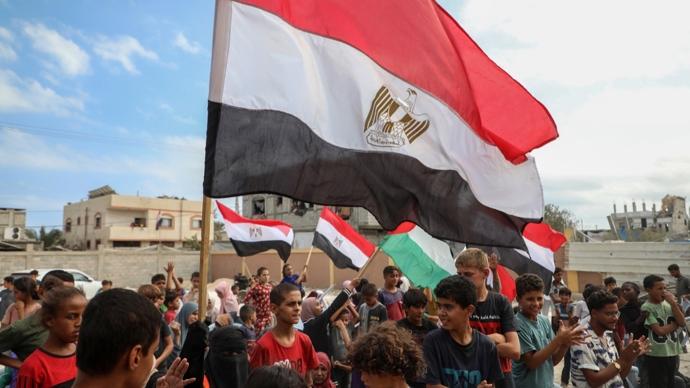
According to the Hamas-controlled civil defense agency, about 200,000 people have returned to northern Gaza. Videos online reveal extensive destruction across key neighborhoods, including Sheikh Radwan, Sabra, and Zaytoun. Entire apartment blocks have been leveled.
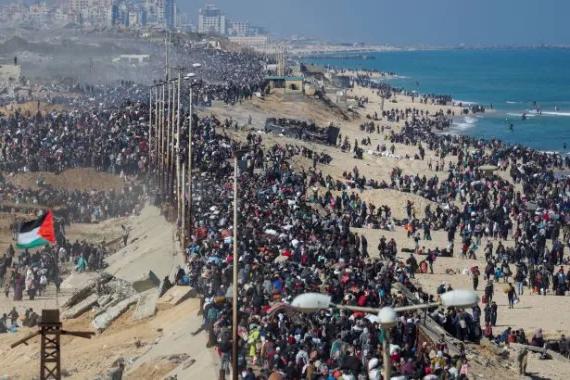
Rescue teams continue to recover bodies from the rubble, while aid groups warn that essential supplies—food, fuel, and clean water—remain critically scarce.
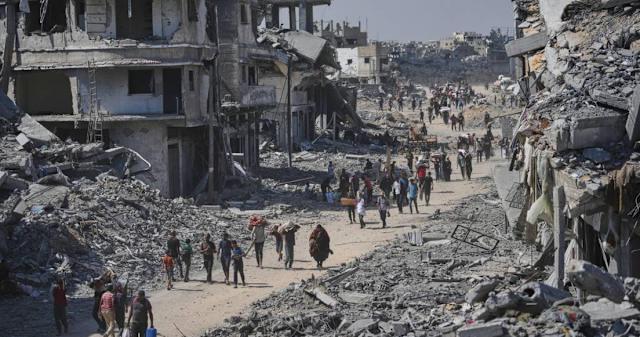
Families Await Hostage Returns
In Israel, families of hostages expressed relief after hearing about the ceasefire. Uri Goren, whose cousin Tal Haimi was killed and taken by Hamas in the October 7, 2023 attacks, said he felt “a deep sigh of relief” upon hearing the deal was in motion.
However, Hamas officials admitted they do not know the whereabouts of all deceased hostages. Goren added, “This ordeal won’t be over until all 48 return home.”
War Origins and Ongoing Controversy
The war in Gaza began after Hamas-led militants attacked southern Israel on October 7, 2023, killing about 1,200 people and taking 251 hostages.
Since then, the Hamas-run health ministry reports over 67,000 Palestinians have been killed, including more than 18,000 children.
A UN Commission of Inquiry accused Israel of committing genocide against Palestinians during the conflict.
Israel has vehemently rejected the report, calling it “distorted and false.”







